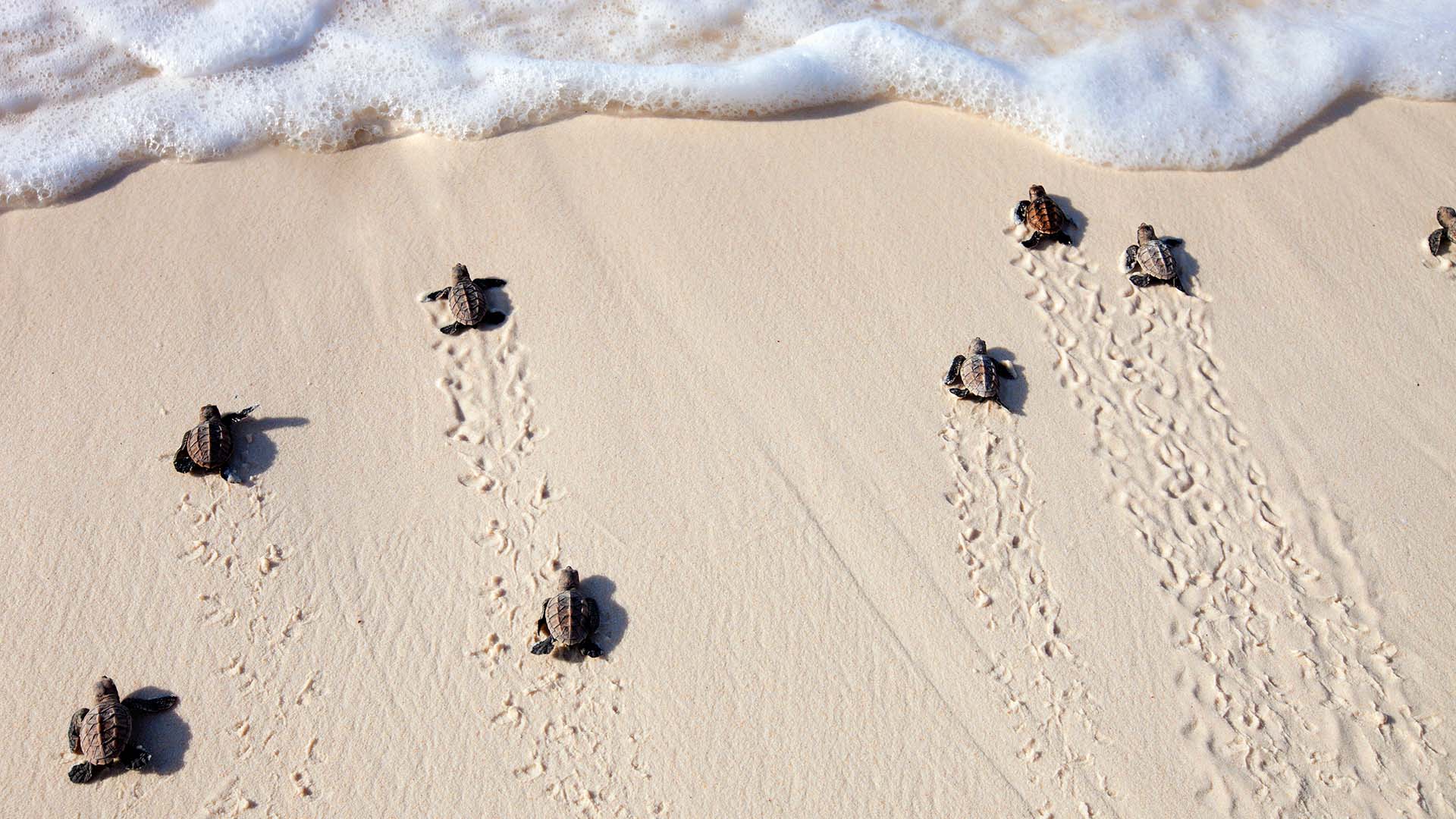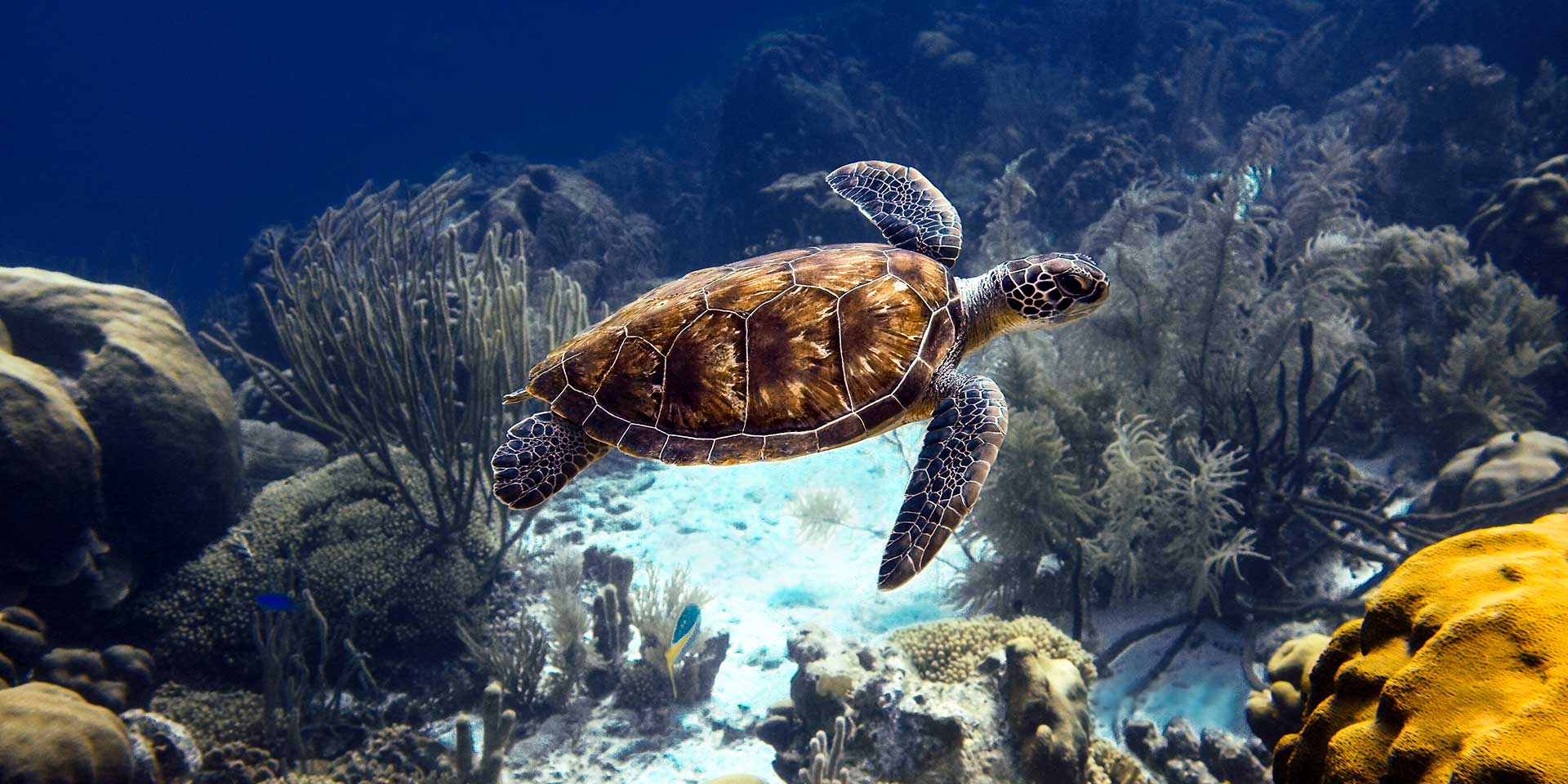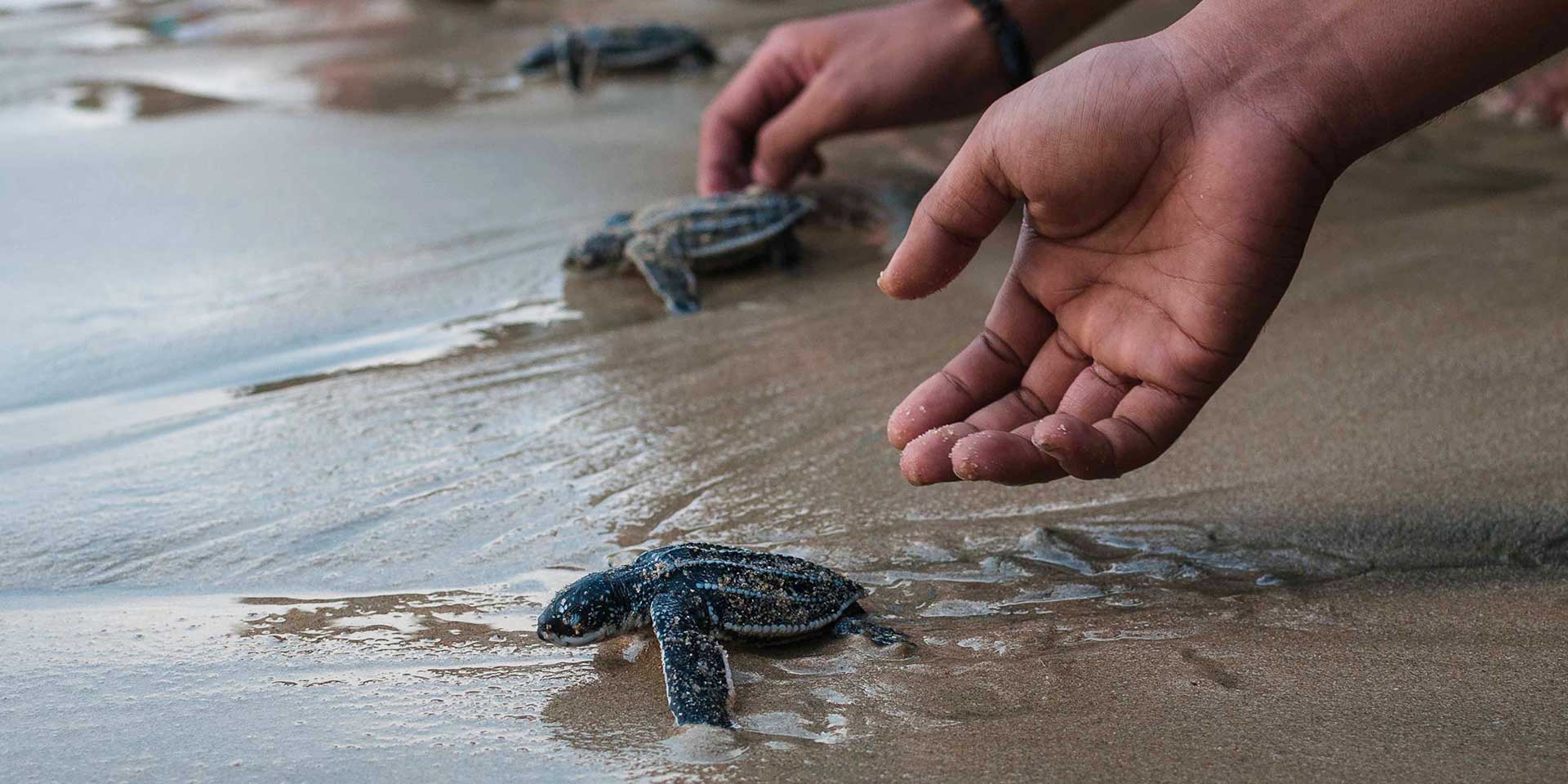Sea turtles help sustain the ocean ecosystems by maintaining vegetation and helping coral reefs thrive. But today, these majestic creatures are facing extinction threats. Many turtles get trapped in fishing nets in the ocean and near commercial fisheries. Other human-caused threats include loss of nesting grounds, egg extraction and climate change.
Thankfully, people and organizations are dedicated to protecting these gentle animals, like Isuru Abrew and his team at the Victor Hasselblad Sea Turtle Research & Conservation Center on the western coast of Sri Lanka.
Seven species of sea turtles call the world’s oceans home, and Sri Lankan waters are home to five of them. While male turtles never swim ashore, females head to coastal sandbanks for nesting, and the local Sri Lankan shorelines are ideal habitats.
“Kosgoda and Rekawa — two small coastal villages — are the only places in Sri Lanka where all the five turtles can be spotted,” says Abrew. “They prefer the soft, powdery sand for laying eggs.”
The conservation center, co-founded by Isuru’s grandfather, Similiyas Abrew, in 1978, works to ensure the surrounding habitat is clean and safe for nesting turtles and operates with the help of local communities and foreign travelers.
Turtle Conservation Efforts
Only one in 1,000 hatchlings survive until adulthood in the wild, and the conservation center takes various measures to increase those odds.
“It’s important to protect every egg and hatchling, which is necessary for the survival of the sea turtles and our ocean habitats,” Abrew says.

Female turtles seek quiet, dark stretches of sand to lay their eggs, and artificial lighting near the shoreline can discourage them from nesting or lead them to deposit their eggs at less optimal nesting grounds or even in the ocean — dimming baby turtles’ chances for survival.
Further, because young hatchlings reach the open sea by crawling toward the brightest direction — the ocean with moonlight reflection — brightly lit coastal buildings can cause them to become disoriented and wander inland, where they become the prey of predators and poachers.
With this in mind, the conservation center maintains a three-mile-long flashlight-free area on the beach where turtles frequent the shores for nesting.
“We aim to maximize the number of hatchlings reaching the ocean,” Abrew says.
A primary unit of the sanctuary is the hatchery, where collected and rescued eggs hatch safely without facing any threats from predators and poachers. Once the eggs hatch, the center keeps baby turtles for a short period of time inside the sanctuary, providing necessary care until they are strong enough to be released into the ocean.
This process, known as headstarting, helps increase their chances for survival in the wild. Abrew’s team also organizes beach cleanups to protect the nesting grounds and successful breeding for the turtles. At present, their work heavily relies on fundraisers.
Living with Nature — and Neighbors
The opening of neighboring Sheraton Kosgoda Turtle Beach Resort has also helped them expand their conservation efforts. Tours at the Conservation Center are a popular activity for the beachfront resort’s guests.

Hotel guests can also take part in releasing the hatchlings and join a night-patrolling tour at the beach. The patrol deters poachers, and if participants are lucky, they might be able to witness the mesmerizing sight of a grown female turtle heading ashore to lay eggs.
The resort dims exterior lighting at night to avoid misdirecting hatchlings, and in a unique attempt to educate guests about the sea turtles, the drink menu at the poolside restaurant is also inspired by the creatures. Each of the menu’s seven cocktails tells a story related to the seven sea turtles and the color of each drink is also the color of the turtle shell.
Community Work
The Conservation Center now employs 25 community members as permanent staff who organize guided tours for travelers. “Together with the villagers, we conduct educational tours for schoolchildren,” Abrew says.
Part of the Conservation Center is a souvenir shop, which sells turtle-themed products for visitors: turtle-inspired cotton T-shirts, sarongs and beach shawls sewn by local women, and soft toys made by regional craftspeople.
“We also aim to extend our volunteer program to guests at Sheraton Kosgoda,” Abrew says. “If travelers can help raise awareness and join our conservation efforts, they not only become part of a memorable experience, they can also ensure the survival of many more baby turtles.”




